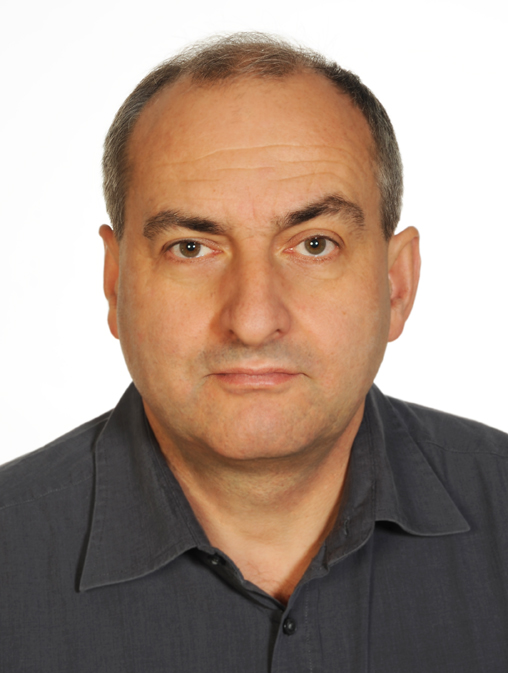Deoxynivalenol-glucoside and acetylated derivatives: relevant masked mycotoxins?

Plant pathogenic fungi of the genus Fusarium, in particular members of the F. graminearum species complex, infect important crop plants (e.g. wheat, barley, and maize) and cause contamination with trichothecene mycotoxins. The toxins formed during plant infection are a health threat to humans and animals. Maximum tolerated contamination levels for cereals and cereal products with the Fusarium mycotoxin deoxynivalenol (DON) have therefore been enacted in Europe after thorough risk assessment.
Yet, a large portion of the population, particularly young children, seems to exceed the provisional maximum tolerated daily intake of DON. Toxin production is a virulence factor of the fungal pathogen, and detoxification of DON by formation of DON-3-O-glucoside (D3G) is a plant resistance mechanism. Current efforts to increase Fusarium resistance both by conventional breeding and by transgenic approaches (based on overexpression of a glucosyltransferase gene which we have recently identified) will most likely increase the fraction of toxin present as glucoside. We demonstrated that D3G can be reactivated by {beta}-glucosidases of intestinal bacteria, which occurs rather late in the intestinal tract. D3G is considered to be a masked mycotoxin (which is not routinely measured, but might be converted back to the parental toxin DON). The main goal of this project (workpackage I) is to generate sufficient amounts of D3G for toxicological testing, to provide first data on the bioavailability of D3G compared to DON. A recently identified rice UDP-glucosyltransferase able to convert DON to D3G when expressed in E. coli will be utilized. In collaboration with a US partner (I. Rayment, University of Wisconsin) we plan to determine the crystal structure of this UGT which is also able to glycosylate nivalenol and HT-2 toxin. Currently very little is known about these mycotoxin-glucosides due to lack of standards. In collaboration with chemists from the Vienna University of Technology such substances will be structurally characterized, opening new fields for research. For the toxin feeding trials, synergy effects with the Christian Doppler Laboratory for Mycotoxin Metabolism (headed by F. Berthiller) and with a USDA funded project (J. Pestka, Michigan State Univ.) will be utilized. A further goal is the cloning of microbial {beta}-glucosidases for hydrolyzing D3G in grain extracts (workpackage II). Recently, in many parts of the world a shift to high level toxin producers of the 3-acetyl-DON chemotype of Fusarium has been noticed. We hypothesize that this may be an adaptive response of the fungus to prevent detoxification by glycosylation. Carboxylesterase enzymes of Fusarium and of the model plant Brachypodium distachyon will be characterized, and used to release DON from acetylated derivatives (workpackage III). The hydrolytic enzymes obtained in workpackages II and III might greatly improve conventional ELISA methods to allow accurate total toxin determination in foodstuffs.